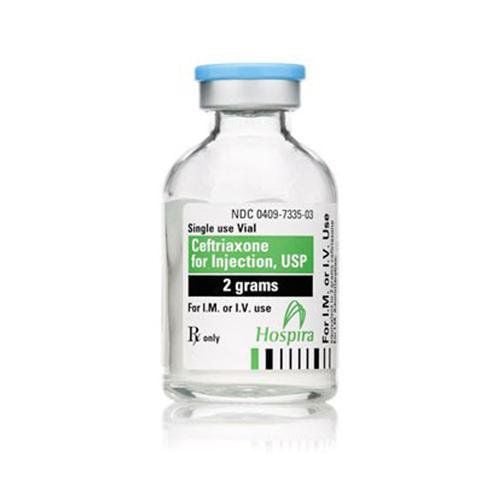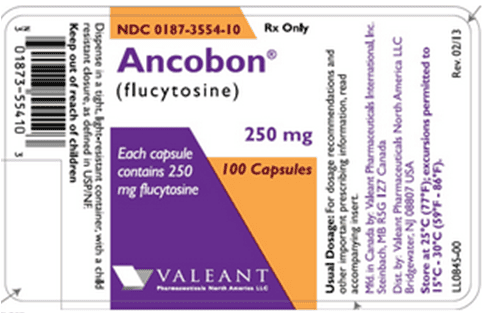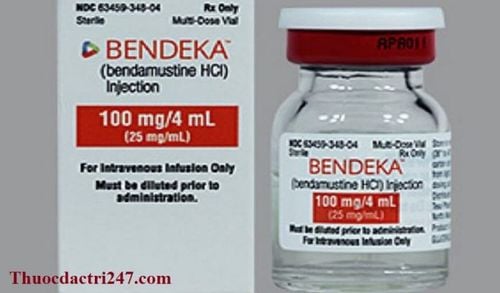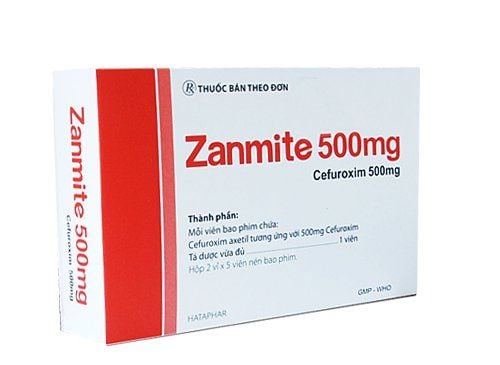This is an automatically translated article.
Bacteria appear everywhere, around our lives. Bacteria can be beneficial to humans, but most bacteria are harmful.
1. What are Gram-positive bacteria?
To know what gram-positive bacteria are, we need to understand gram staining. This is the traditional method used to quickly classify bacteria according to their cell wall structure into two groups, namely gram-positive and gram-negative bacteria.
This method uses crystal violet dye to stain the bacteria, then using a decolorizing solution, if the bacteria keep the color of the dye, the result is positive, it is gram positive, and if If the bacteria cannot keep the dye color, the result will be negative, that is, gram-negative bacteria.
In the cell wall of gram-positive bacteria there is a thick peptidoglycan layer, which will retain the stain after the color has been washed away from the remainder of the sample during the decolorization phase of the method. Therefore, when observing through a microscope, we will see gram-positive bacteria with a purple color.
In contrast, gram-negative bacteria have a thinner peptidoglycan layer and are sandwiched between the inner and outer membranes of the bacteria, so in the alcohol decolorization step, the outer membrane of gram-negative bacteria cells will be degraded. , which makes the cell wall more porous and thus unable to retain the crystalline violet color. When we look at them through a microscope, we will see them as red or pink.
2. Characteristics of Gram-positive bacteria
Gram-positive bacteria will include some of the following salient features:
The cytoplasm is covered by a lipid membrane. Has a thick layer of peptidoglycan. In bacteria with teichoic acid and lipoids, lipoteichoic acids are formed, which are chelation factors and are also required for the adhesion of certain species. The peptidoglycan chains are cross-linked to form a strong cell wall, which is made possible by the bacterial enzyme DD-transpeptidase. Gram-positive bacteria have a periplasmic cavity many times smaller than gram-negative bacteria. Some gram-positive bacteria have a mucous membrane, which usually contains polysaccharides. And only a few species have flagella or flagella.
3. What diseases do gram-positive bacteria cause?
Common types of gram-positive bacteria that cause disease include:
Gram-positive cocci: Staphylococcus aereus is a gram-positive bacteria that can cause diseases such as: skin infections, pneumonia, endocarditis, arthritis infections, osteomyelitis, and abscesses. In addition, this bacterium can also cause toxic shock syndrome and burn skin syndrome. Streptococcus pneumoniae is a gram-positive bacteria that commonly causes otitis media, pneumonia, sinusitis, and meningitis. Streptococcus viridans including Strep. mutans commonly causes tooth decay and strep. sanguinis causes subacute endocarditis. Streptococcus pyogenes can cause pyogenic infections such as pharyngitis, cellulitis, impetigo; or cause toxic infections such as necrotizing fasciitis; and cause immune infections such as glomerulonephritis. Enterococci found mainly in the colon can cause biliary tract infections and urinary tract infections. Gram-positive bacillus: Bacillus anthracis (anthrax) is a gram-positive bacillus that produces ulcerative anthrax toxin with a black starch. Bacillus cereus is a gram-positive bacteria that can survive cooking or re-cooking, causing symptoms such as nausea, vomiting, and non-bleeding diarrhea. Corynebacterium diphtheriae (diphtheria) is a gram-positive bacillus that can cause pseudomembranous pharyngitis, myocarditis, and cardiac arrhythmias. Listeria monocytogenes is a gram-positive bacillus that can cause neonatal meningitis, meningitis in immunocompromised patients, gastroenteritis, and sepsis.
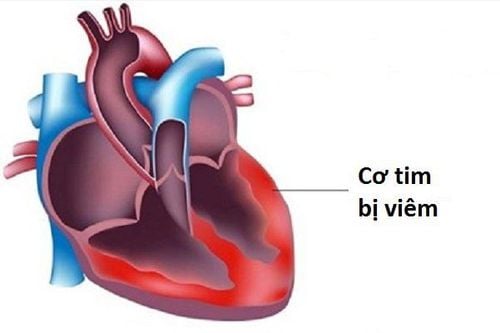
Vi khuẩn gram dương có thể gây nên bệnh viêm cơ tim
4. Are gram-positive bacteria dangerous?
Diseases caused by gram-negative bacteria are often more dangerous than those caused by gram-positive bacteria. This is because the outer membrane of gram-negative bacteria is covered by a cyst, and this cyst covers antigens, making it harder for the body's immune system to detect their invasion.
In addition, the outer membrane of gram-negative bacteria contains lipopolysaccharide that acts as an endotoxin that increases the severity of the inflammatory response, which can cause very dangerous septic shock.
Gram-positive bacteria are usually less dangerous because our bodies do not have peptidoglycan so they can recognize their invasion more easily. At the same time our body is capable of producing lysozyme to attack the peptidoglycan layer located on the outside of gram-positive bacteria.
Although gram-positive bacteria are generally less dangerous than gram-negative bacteria, there are still gram-positive bacteria that cause serious medical conditions such as endocarditis, meningitis, sepsis, etc. These are extremely dangerous diseases that, if not detected and treated promptly, can lead to death.
According to the SCOPE project - Epidemiologically important pathogen surveillance and control project, gram-positive bacteria accounted for 62% of the causes of bacteremia in 1995 and up to 76% in 2000. Gram-positive bacteria have very high growth and resistance to drugs, which makes treatment more and more difficult.
The prognosis after infection with gram-positive bacteria is variable. The highest mortality rates are among the elderly and tend to suppress the immune system.
However, in our body, there are bacteria, symbiotic microorganisms in the upper respiratory tract, intestinal tract, and women's vagina, which have a beneficial effect on us.
Vinmec International General Hospital is one of the hospitals that not only ensures professional quality with a team of leading medical doctors, modern equipment and technology, but also stands out for its examination and consultation services. comprehensive and professional medical consultation and treatment; civilized, polite, safe and sterile medical examination and treatment space. Customers when choosing to perform tests here can be completely assured of the accuracy of test results.
Customers can directly go to Vinmec Health system nationwide to visit or contact the hotline here for support.
References source: NCBI, Webmd.com
MORE:
Common immunodeficiency diseases What are flesh-eating bacteria? Blood culture for bacteria in blood sugar infections




